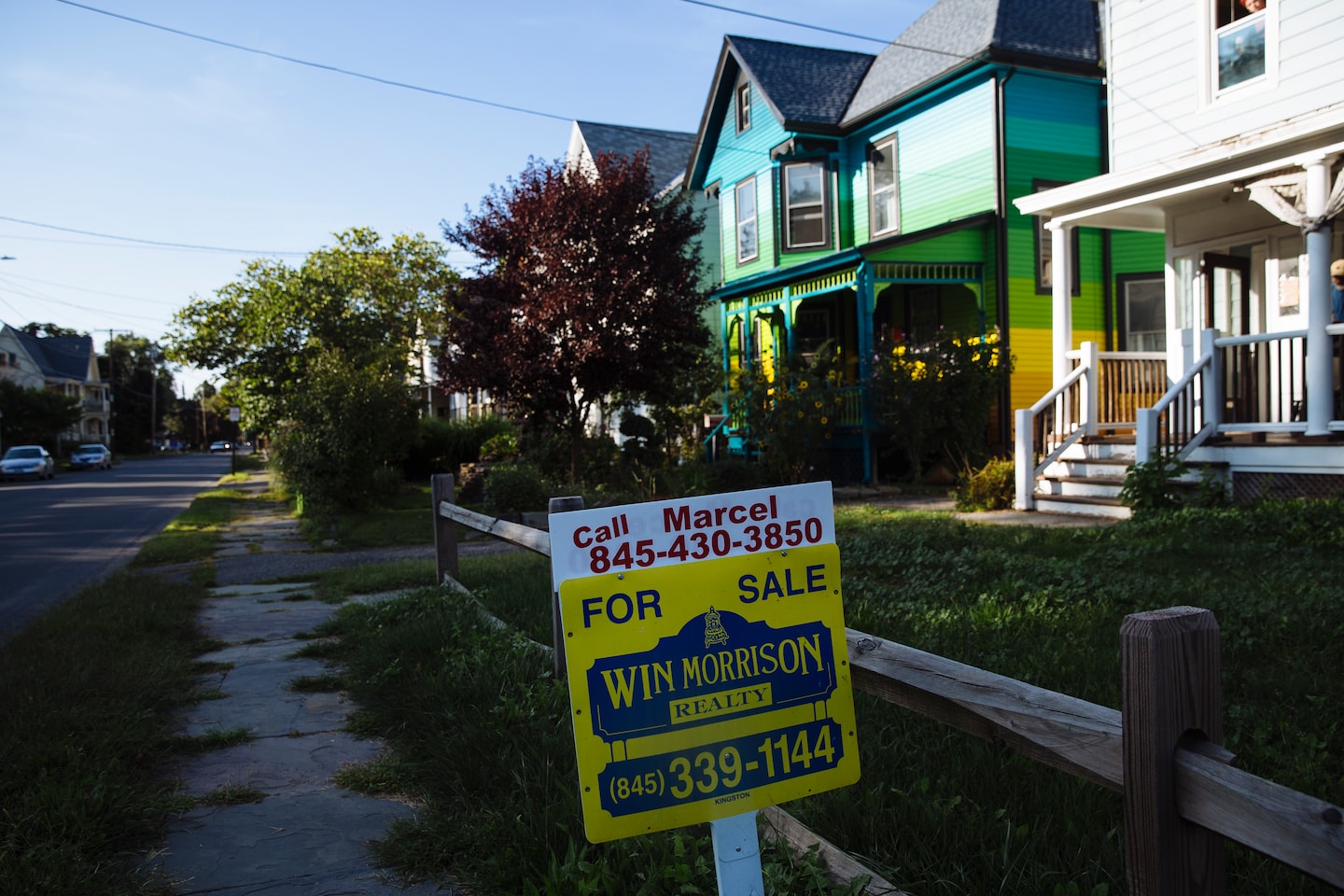Mortgage rates rise amid positive housing news

The 15-year fixed-rate average reached 2.40 percent, up from 2.35 percent with an average 0.7 point. It was 3.16 percent a year ago. The five-year adjustable rate average reached 2.90 percent, down from 2.96 percent with an average 0.2 point. It was 3.38 percent a year ago.
Existing-home sales rose 2.4 percent from July to a seasonally adjusted annual rate of 6 million in August. Sales as a whole rose year over year, up 10.5 percent from July 2019.
“The housing market has been the bright spot in the economy this week,” said Nadia Evangelou, a senior economist and director of forecasting for the National Association of Realtors. “The recovery in the housing market has been remarkable and has offset some of the worry” about new coronavirus cases and the potential delay in another stimulus package.
Even with the tick up, rates still are at nearly historic lows, good news for home buyers. If you’re considering whether to get into the market in the near future, you may be wondering why the rates are so low and how long they’re expected to stay that way.
There are numerous factors that play into whether a buyer will get a higher or lower rate a given week: Federal Reserve policies, the stock market and other economic indicators, and the yield on 10-year Treasury notes. Also, consumers with lower credit ratings tend to pay higher rates and lenders often raise rates when the volume of applications gets too heavy for them to handle.
Mortgage rates plunged to historic lows once the Federal Reserve in March began buying mortgage-backed securities, or MBSs — bundles of mortgages sold to investors. The move, aimed at providing more credit in the market, has spurred a rate decrease of three-quarters of a percent since spring.
Given that the Federal Reserve has pledged to keep its policy in place until 2023, many lenders say they expect the rates to stay put for a while — or even drop.
“I expect the primary mortgage rate to continue to remain at current levels or possibly inch lower to 2.75 percent in the near- to medium-term,” said Preetam Purohit, head of hedging and analytics at Embrace Home Loans in Middletown, R.I.
“The Federal Reserve continues to be extremely supportive of the mortgage market, keeping short-term interest rates at zero. I believe refinances are peaking and that purchase activity will slow down during the winter months,” Purohit added. “This should normalize the spread between the primary mortgage rate and the agency mortgage-backed securities rate, which is still half a point higher than historic levels.”
Stanley C. Middleman, founder and CEO of Freedom Mortgage in Mount Laurel, N.J., said he thinks low rates could remain for a few years.
“I think rates could go lower should unemployment not improve substantially through the recovery from covid-19,” Middleman said. “With the Fed changing their approach to inflation, I would anticipate rates remaining relatively low through 2022 and perhaps a year or two longer.”
This week’s mortgage rates offer a big benefit to borrowers compared with last year. On a $400,000 loan with a 10 percent down payment, the monthly principal and interest payment for a 30-year fixed-rate loan drops by $150 from $1,650 to $1,500, Evangelou said. In addition, she said, the income needed to qualify for a $400,000 loan with a 10 percent down payment dropped from $79,670 a year ago, when the mortgage rate was 3.64 percent, to $72,520 at today’s mortgage rates.
Middleman, though, said the lower rates are better news for people refinancing than buying. Indeed, Sam Khater, Freddie Mac’s chief economist, said rising home prices may undercut the low mortgage rates.
“Mortgage rates set several record lows over the last few months and have remained low into September,” Khater said in a statement. “While there is room for rates to decrease even more, higher home prices and low inventory could potentially stifle the high demand that we’ve been seeing.”
Meanwhile, the number of people applying for mortgages increased from a week earlier, according to the Mortgage Bankers Association. The market composite index, which measures the total volume of applications, rose 6.8 percent. The purchase index rose 3 percent. The refinance index jumped 9 percent from a week earlier and 86 percent from a year ago.
“Mortgage applications activity remained strong last week, even as the 30-year fixed-rate mortgage and 15-year fixed-rate mortgage increased to their highest levels since late August,” Joel Kan, MBA’s associate vice president of economic and industry forecasting, said in a statement. “Purchase applications were up over 25 percent from a year ago, and the demand for higher-balance loans pushed the average purchase loan size to another record high. The strong interest in home-buying observed this summer has carried over to the fall.”
More Real Estate:






